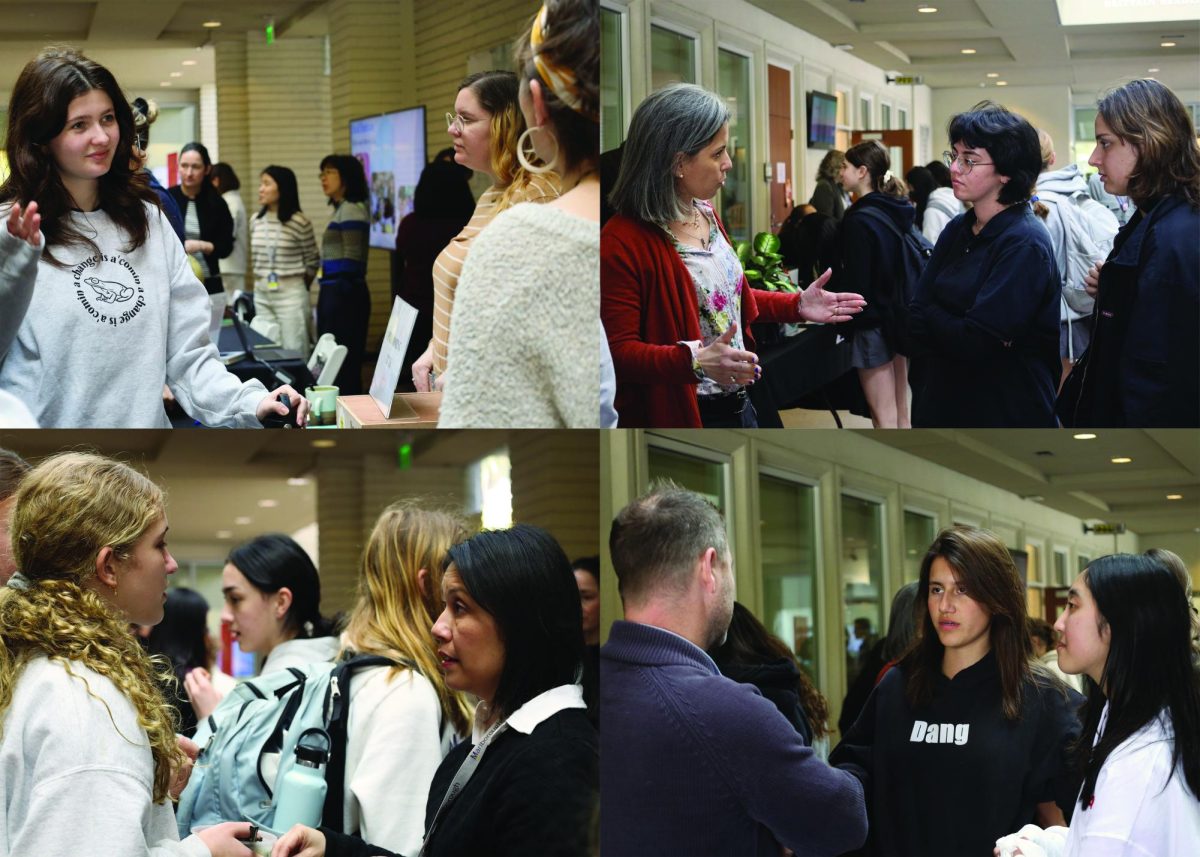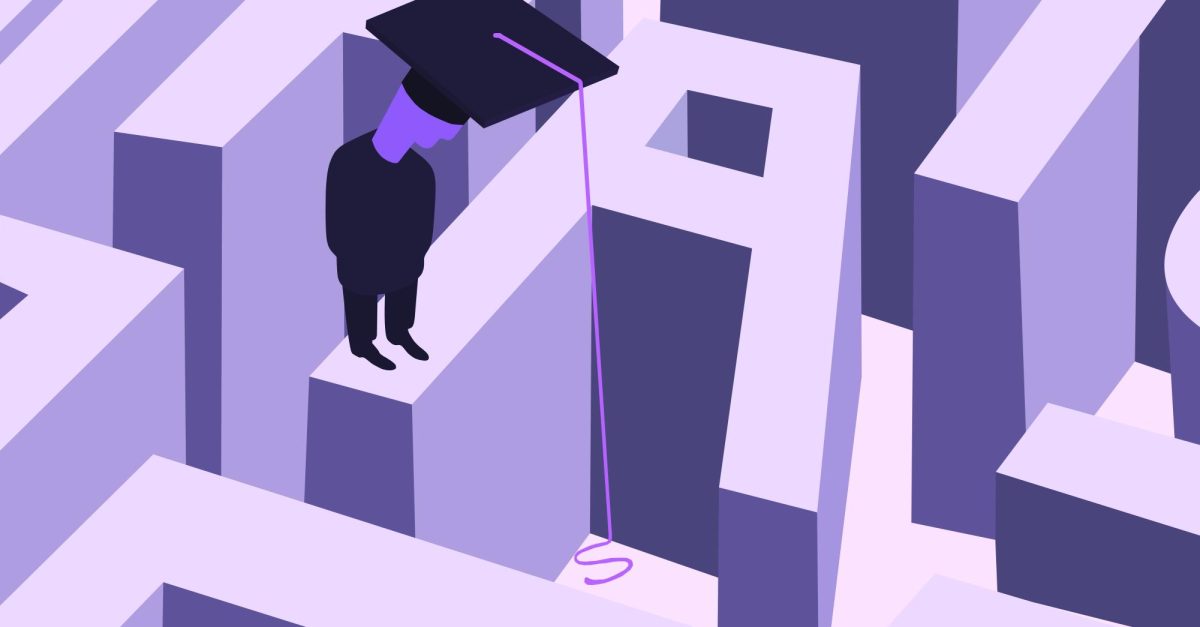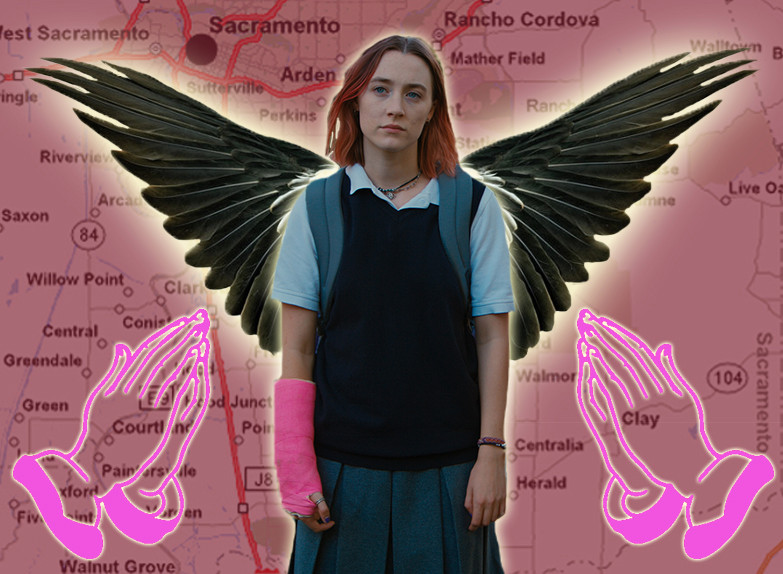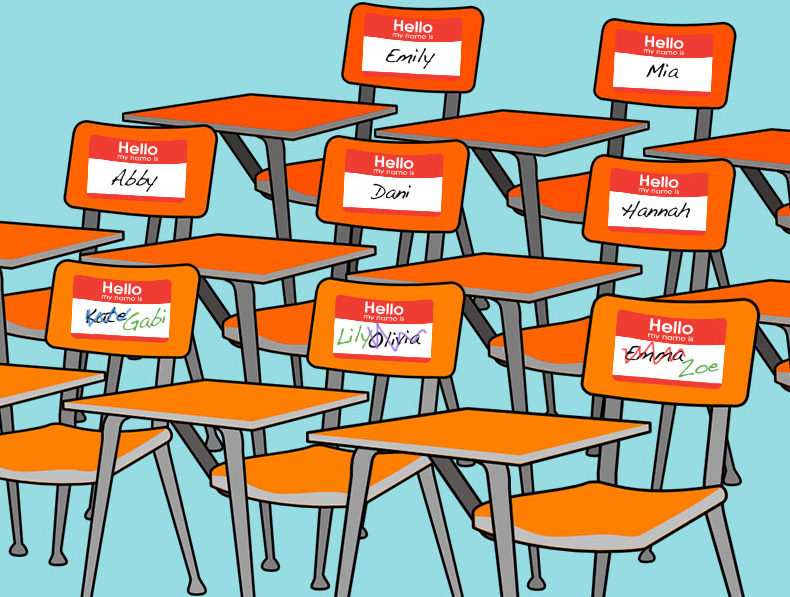
French philosopher, historian, and theorist Michel Foucault was concerned with subjectivity in relation to social, cultural, and historical context. In examining the relationship between power and knowledge, he analyzed how these things are used as forms of social control. In the chapter “Panopticism” of his book Discipline and Punish, Foucault considers how discipline has shaped our world by examining Jeremy Bentham’s Panopticon, a circular building designed in such a way that prisoners or schoolboys in their individual cells may be seen from a central tower but are unable to view the people watching them. This design makes prisoners feel they are constantly watched and in theory, will correct their behavior without a guard even having to be in the tower.
Perhaps the most relevant and ubiquitous example of a modern day Panopticon is social media. Each individual who has a social media account is aware that their content may be received and viewed by anyone, yet they are not aware of who is actually doing so. While private accounts supposedly give the user the opportunity to “control” who sees content, it is impossible to control all the ways in which one’s content will be viewed or to limit the scope of content once posted. Someone may screenshot a photo from a private account and send it to someone who is not following said account. These third-party recipients may post the supposedly private content online for the world to see. Furthermore, even if one thinks that she knows the identity of all her followers, there is always the possibility that some followers are using fake or pseudonymous accounts or that several people are viewing a photo from one follower’s account. Basically, there are countless ways in which information winds up being shared in ways without the knowledge of the author.
Most importantly, whenever someone posts a photo, they cannot differentiate who has not seen the photo from those who have seen it and just chosen not to “like” it. Thus, whenever one posts anything, whether the account is set to private or public, the author is largely unaware of what is actually being seen and by whom. In addition, the photos one is tagged in on others’ accounts may be viewed by even more people they may not know. Finally, the fact that pictures on most social media stay on one’s profile means that the content may be viewed at any time, by anyone, or indeed by no one at all.
Social media resembles the plague-stricken town in western Europe that Foucault discusses. This town illustrates “surveillance based on a system of permanent registration” in which the name, age, sex, and condition of everyone is made public (196). But social media goes even further. It documents not only one’s name, sex, age, and physical condition, but also their buying preferences, exercise habits, viewing tastes, and various modes of living. Social media is perhaps an even more efficient system than that of “syndics” and “intendants” who documented illness during the plague. Each social media user does this job personally by producing, collecting, and sharing their own information and experiences. There is no need for a third-party data collector. The effect is an enormous database in which everyone is accounted for at every second. Social media thus mandates that individuals are “observed at every point…their slightest movements supervised” and “all events recorded” (197).
Snapchat’s feature “Snap Maps” is a particularly disturbing example of this. Every moment a user checks the app, followers may locate the user on a global map. Besides simple location data, social media apps store movement data (down to the steps that one has taken), along with a catalog of current “friends,” and what a user has done each day. With apps such as Snapchat in which the average user takes numerous photos per day, one can easily retrieve whatever an individual wore, said, and did any given day.
Instagram now offers a feature which allows public accounts to analyze statistics of their scope of influence (i.e. how many people have saved their photos and how many people view their profile each day). However, the feature does not disclose identities of the viewers. Again, the authors know they are being seen but by whom?
Bentham was “surprised that panoptic institutions could be so “light;” there were no more bars, no more chains, no more heavy locks” (203). And in fact, social media seems to differ from prison, school, or other disciplinary institutions, in the key aspect that individuals voluntarily create their own profiles and participate in the system. However, the existing cliché that “going off the grid” is “social suicide” illustrates a deeper truth. The phenomenon of social media is so pervasive, that not participating in it is akin to not coming to the window during the plague – it is a statement in itself: one is dead. If social media is one of the primary avenues in which our “presence” is recorded, then not having social media suggests that you do not exist.
Even those who claim not to care how their content is perceived or who reject convention when posting are still actively participating in the phenomenon of the Panopticon. By using social media to project an image that they are a nonconformist, they rely on the system they are operating within to send society this message about who they are. They are still exposed to the scrutiny of their followers, whether they chose to face this fact or not.
The idea that individuals would voluntarily put themselves in an “enclosed, segmented space,” where they are exposed to the kind of public scrutiny that celebrities are, is simultaneously baffling and understandable. Like school, social media operates on a system of punishment and reward. Most young people use social media not as a way to stay connected with a few old friends and acquaintances, but rather as a way to demonstrate social power and influence. This is demonstrated by the phenomenon of people trying to acquire the largest possible number of “likes” and followers. Rather than a realistic reflection of all the people that a user is close to, the profile becomes more of a brag sheet; it loudly proclaims how many people are interested in the individual’s life and thus how socially accepted or valued the user is. Inherent in every post, like, or comment, is the prediction of how it will be received. The result is a constantly fluctuating, up to moment, perception of how one is perceived by society, which is based on a complex array of factors and social norms. Making the system even more efficient than Bentham’s is the fact that it is virtual. No actual buildings need to be constructed. Users feel constantly monitored, wherever they are.
Like the Panopticon, where prisoners cannot see each other, social media has created, or perhaps only enhanced, a sense of self-absorption in which each individual feels watched constantly and separately. The extreme individuality of this process reduces opportunities for meaningful social connection or collective action. It gives an overall sense of the individual in relation to a faceless, monolithic crowd, one which will instantly “like,” give “thumbs down,” or simply ignore each gesture or message of the individual. Social media is the “faceless gaze that transformed the whole social body into a field of perception: thousands of eyes posted everywhere, mobile attentions ever on the alert” (214). It is a societal control through the “disciplinary question of the normal and the abnormal” (216).
The effects of social media on society’s productivity seem to benefit mass corporations more than the individual. As we are exposed at a new level to trends and products, we become model consumers. The act of constantly comparing ourselves to other users creates a generation of conformists (even in our supposed nonconformity), which makes it easy to market to us. As all of our preferences and personal data is accessible and the entire system relies on our desire to be accepted by society, it ensures that we conform to social norms. This gives us a common shared culture and facilitates a more smoothly functioning society. We have common interests (and memes). Someone who is not exposed to social media, like someone who is homeschooled, is missing out on the education of vital social cues and behaviors that are well received in society. Consider, for example, the taboo and shame attached to liking someone’s post from 180 weeks ago.
However, social media as a mechanism to control society is also counterproductive in that conformity exposes us to the folly of the masses, including dangerously idiotic trends such as the “Tide pod challenge,” in which users were encouraged to eat toxic laundry detergent. One must consider that the most popular opinions are not always the best, most productive, or the most wise. As Emerson and Thoreau convincingly argued, important wisdom may be derived from purposeful retreat and active disregard for social norms. Furthermore, the extent to which individuals become preoccupied with social media may actually detract from their productivity and engagement in work and school, thus becoming contrary to the original stated goals of panopticism.

